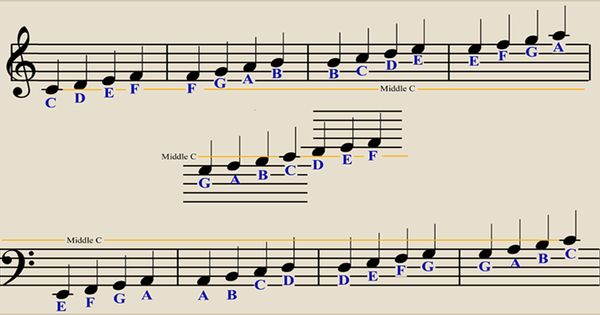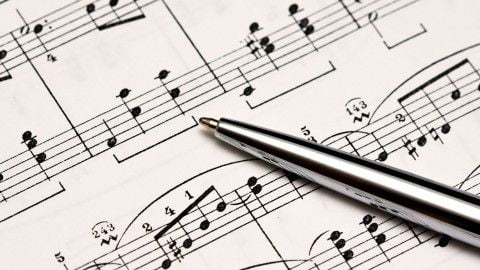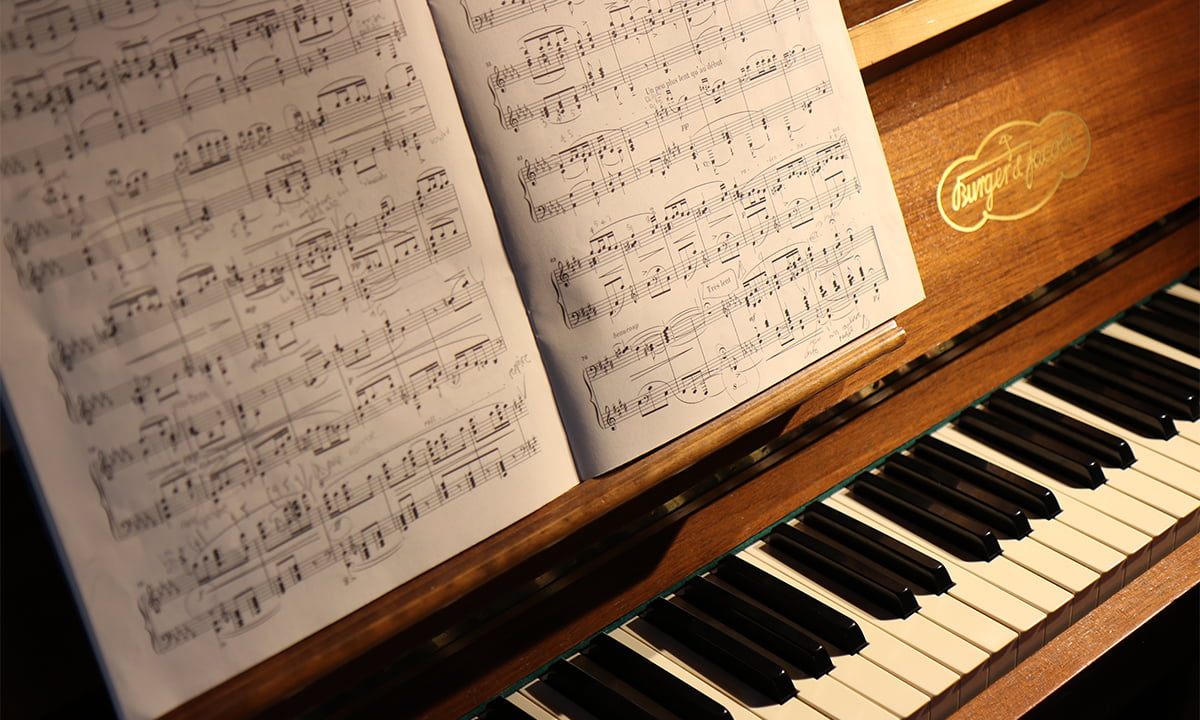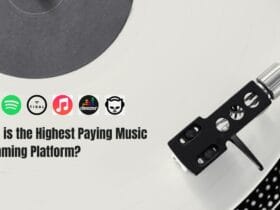Hey buddies! What’s up? Hope you are doing well. As you all know, music is all about entertaining melodies, and soothing sounds. It relaxes our minds and souls. Alphabets were the first things we learn to start our journey in the education system. As languages have their letters and words to express meanings and emotions. Music also has alphabets and notes to represent sound. Yes, you read it right. It has its own alphabet.
You might be thinking about how you could understand them well. No need to worry. We have come up with a solution. The article will cover the topics including musical alphabet, notation, and much more. You must know the basics before some advanced terms.
READ MORE- What Is Form In Music?
Let’s understand the term “Musical Alphabet”
It is a set of letters used to name the notes in the music. Here another question would arise in your mind, what’s a note? Let me tell you, notes are used to represent musical sounds. Let’s also consider the meaning of a Pitch.
Pitch
Pitch defines the note has either a high or low sound. Here stave is used to depict the note. The stave of staff is a set of five lines and four spaces where a particular space and line denotes a different pitch. If a note has a higher pitch, we will put it higher on the stave. While if a note has a lower pitch, we will put it lower on the stave.
READ MORE- Music And Mental Health: Can Music Help You Heal?

There are seven alphabets that represent different pitches of notes in musical notation. These are the first seven letters of the alphabet i.e. A, B, C, D, E, F, and G. These are called octaves. But, when it comes to the next highest note with the same letter A, its pitch will be in a higher octave.
…A—B—C—D—E—F—G—A—B—C…
However, the order of these letters on a natural scale is C, D, E, F, G, A, B. Don’t get confused with the order, it’s because the natural scale doesn’t include sharps and flats.
Other Musical Terms You Should Know

Notation:
Musical notation represents the instructions for playing or singing the music. It is one of the most essential parts of music.
Key:
The key is the group of pitches that forms the foundation of musical composition.
Interval:
As the name suggests, Interval is the distance between two tones.
READ MORE- What Are The Instruments Used In Band
Tempo:
Tempo defines the pace of the music along with the length and duration of the quarter note.
Harmony:
Harmony is the simultaneous combination of pitches blended into chords.
Chord:
The chord is one or more notes played simultaneously. It consists of notes within the same key.
Accidentals:
Accidentals are notes that are outside a specific key signature. Some of them are the following:
- Flat: Flat changes the pitch by lowering it one-half step.
- Sharp: Sharp is used to increase the pitch by one-half step.
- Natural: Natural is quite interesting as it is used to cancel out a flat or sharp.
- Double Sharp: Double sharp is one tone higher than the regular sharp.
- Double Flat: Double flat is one tone lower than the flat.
READ MORE- Psychology Facts About Music Which You Should Know
Fermata:
Fermata is a notation that depicts a pause/hold in the music.
Range:
The range is the distance between the lowest and highest possible notes of a singer.
Scale:
In terms of music, scale is a set of musical notes within the same sonic family. There are various types of scales such as Chromatic, Octatonic Nonatonic, Hexatonic, etc.












